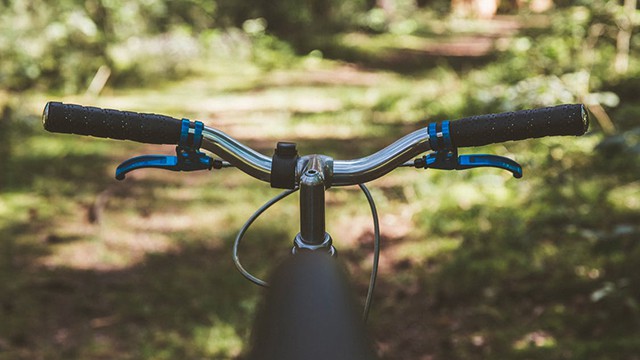This is How Much the City Will Spend on Cycling
Published July 4, 2018 at 3:57 am

Ideal cycling weather is here, and more and more people in Mississauga are choosing bikes over cars.
For that reason, the city is committed to making improvements to its cycling infrastructure while also working to encourage even more residents to cycle.
“Riding bikes is on the rise; in fact cycling trips in Mississauga have doubled since 2011,” the city said in a recent press release.
Recently, members of general committee endorsed the 2018 Cycling Master Plan, a plan designed to improve cycling safety, the cycling network, help foster a culture of cycling (which is always a challenge in a city where car is king) and increase the number of cycling trips in Mississauga.
According to the city, approval for $5.3 million in annual funding will be requested to fund the proposed master plan.
“To achieve our vision of increasing the number of residents who choose to ride a bicycle in Mississauga, we need to provide a safe, connected, convenient and comfortable network of cycling infrastructure that will contribute to safer cycling in our city,” said Geoff Wright, commissioner, Transportation and Works.
“This plan moves us closer to our goal of becoming a greener city that allows people the comfort of cycling safely whether it is for recreation, fitness or commuting to work.”
The city worked with the public by launching a consultation process called “Does Cycling Move You?” According to the city, residents, cyclists, the business community and the Mississauga Cycling Advisory Committee were involved in discussions, while input was also gathered from online surveys and face-to-face sessions.
The city says the updated cycling master plan tackles key areas:
- Cycling infrastructure planning and design best practices have changed significantly and updates are required to achieve best practices
- The cycling network must be safe, connected, convenient and comfortable for residents, and visitors of all ages and riding ability to try cycling
- Implementation of new cycling infrastructure will be coordinated with road rehabilitation and major road construction projects, where possible
- The cycling network laid out in the Cycling Master Plan will result in 897 kilometres of infrastructure to be built over 27 years. This includes:
- Cycle tracks where a bicycle lane is physically separated from the road by a curb and is either at sidewalk level or slightly lower, reserved for bicycles only
- Bicycle lanes separated from traffic lanes by flexible posts, planters, parking stalls, curbs or other barriers, reserved for bicycles only
- Bicycle lanes where cyclists travel in a lane beside regular traffic lanes, reserved for bicycles only
- Multi-use trails along boulevards and also through parks
- Shared routes between cyclists and motorists on roads with lower speeds
The cycling master plan will go before council on July 4 for formal approval.
insauga's Editorial Standards and Policies advertising





